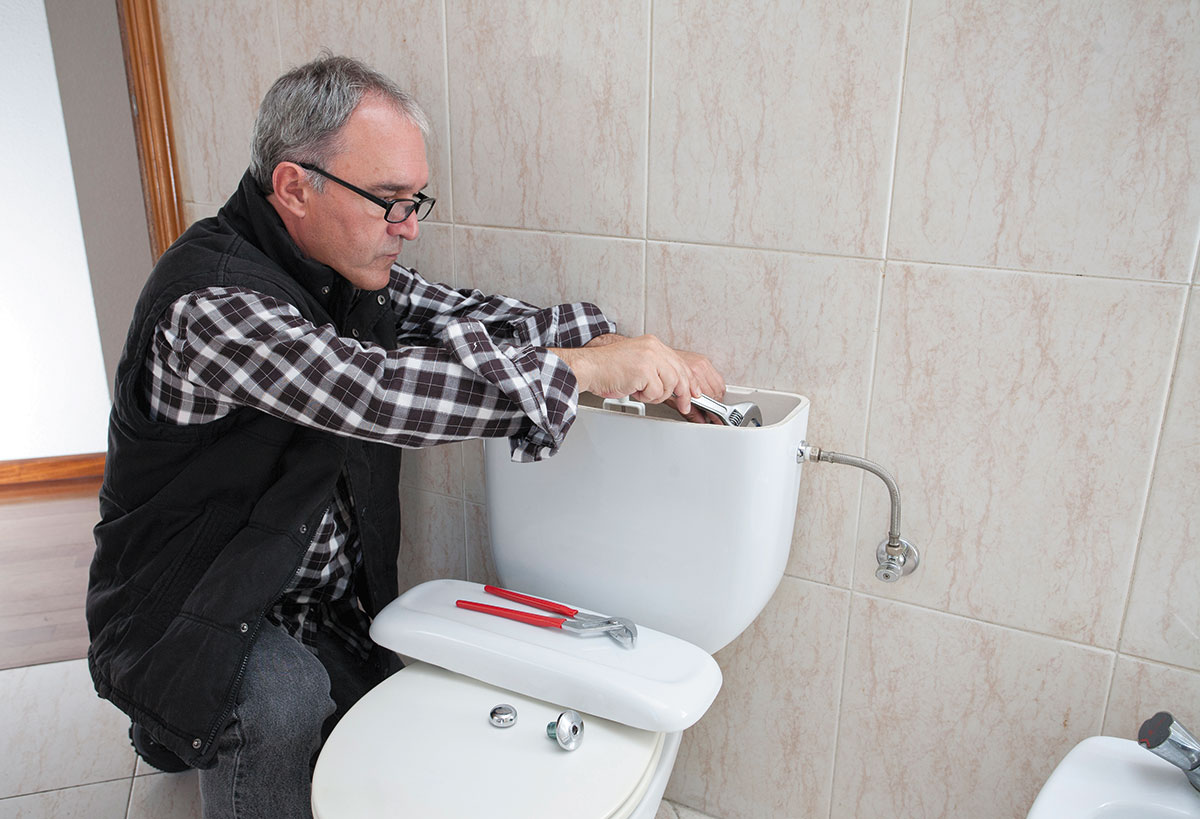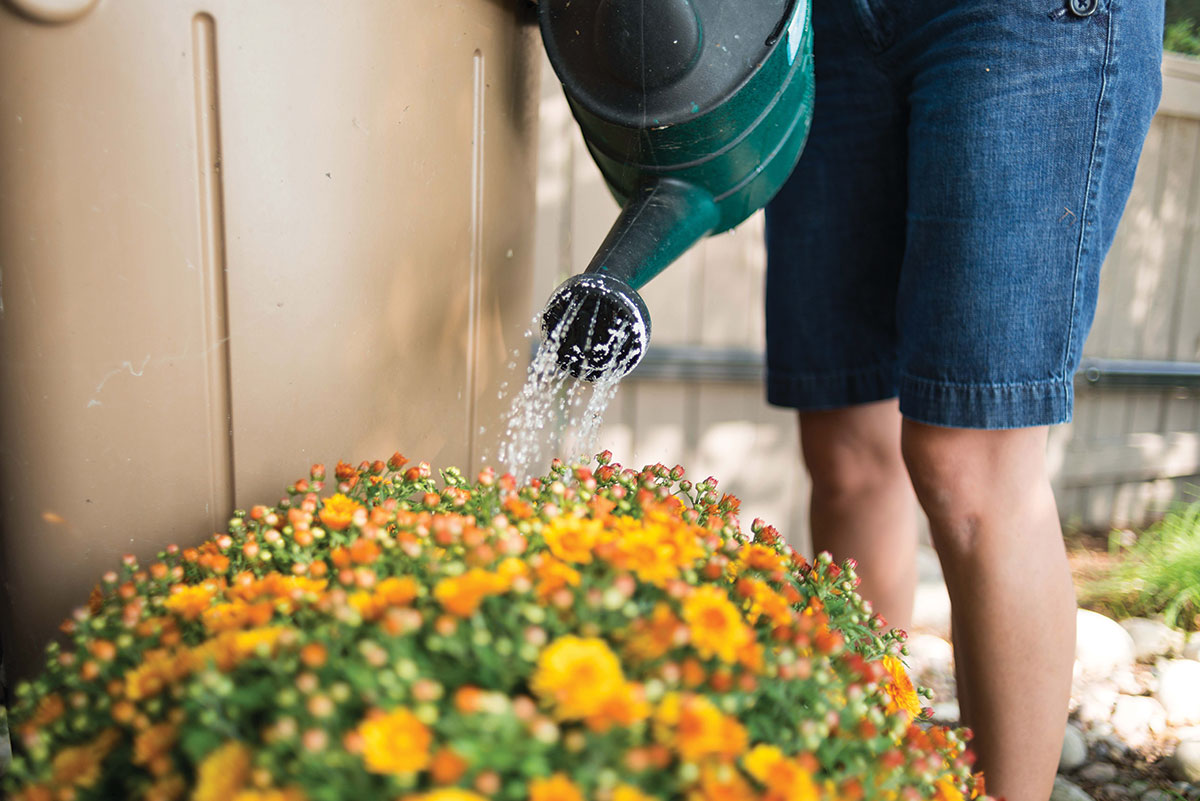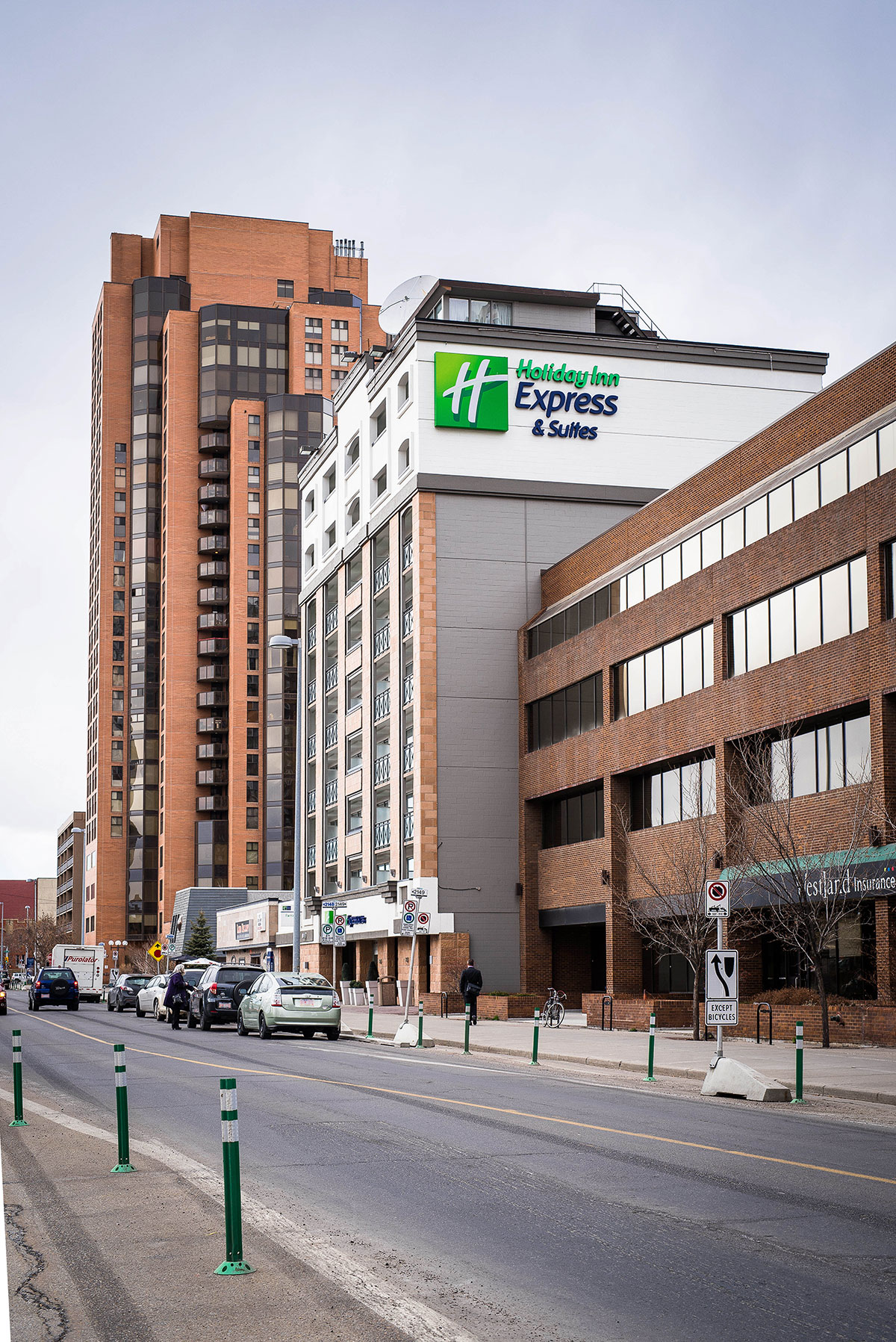Reduce water use at your business
By reducing your water use, not only are you demonstrating leadership and saving water, but it also helps reduce energy and maintenance costs.
Each business is different, and you know your business best. There are many ways businesses can conserve water whether we’re in a drought or not. Here are some tools and resources to help you get started.
Benefits of conserving water
Reducing water use can lead to decreased water bills, increased lifespan of water infrastructure and reduced strain on our water resources.
-
Cost savings
Reducing water usage impacts your bottom line by lowering your water bills.
-
Protects the environment
By reducing water use you’re helping conserve a vital resource.
-
Avoid costly repairs
By conserving water you can prevent damage to plumbing systems and infrastructure. Regular maintenance and efficient water use helps to avoid expensive future repairs.
-
Positive reputation
Businesses that conserve water demonstrate environmental responsibility.

How to get started
Monitor water usage
- Regularly track your water consumption by analyzing water bills over the past two years or more. Note annual consumption and costs.
- Look for trends or patterns, including seasonal variations, to identify areas for improvement.
- Identify essential and less essential water uses and areas of your business where water consumption is highest.
- The City of Calgary requires all new plumbing fixtures in homes and commercial construction (new construction or renovation) to be low flow plumbing fixtures.
Prepare for drought and water shortage
- Consider how you might reduce water consumption by up to 10 per cent, or more, if water restrictions are necessary due to infrastructure outages or severe drought.
- Review your outdoor water use and familiarize yourself with The City’s Outdoor Water Use Restrictions and stay informed at calgary.ca/drought.
Build education and awareness in the workplace
Encourage your staff to create a water efficient workplace. Making your employees aware of their consumption habits can lead to a significant reduction in water waste.
- Engage staff in water use surveys to gather insights and encourage responsible consumption.
- Communicate with your staff, suppliers and clients about using water wisely.
Set achievable targets
- Establish a baseline for water use and set achievable targets for water savings.
- Appoint a water champion to check meters and monitor water use.

Display this poster around your workplace to demonstrate leadership in conserving water indoors and outdoors.
Water-saving tips for businesses
Indoors
Check for leaks
- Reduce water losses (e.g., leaks). Check all plumbing for leaks such as all toilets, fixtures and other water systems.
- Water leaks can lead to structural damage and increased costs. Appoint a water champion to check meters and monitor water use.
Consider installing water-efficient fixtures and equipment
- Increase the water efficiency of fixtures, equipment, systems, and processes.
- Making small investments today such as retrofitting existing equipment can result in savings when it comes to your yearly operating expenses.
- Consult with suppliers for easy-to-install kits and alternatives.
- Look for WaterSense labelled toilets, faucets and showerheads when upgrading fixtures.

Outdoors
Irrigation
- If you water an outdoor landscape, ensure maintenance and repairs are up to date. To learn more, visit The City’s guide on efficient irrigation.
- Understand your outdoor water use. Irrigation meters provide insight into usage, while monitoring provides insight into appropriate conservation actions.
- Irrigating earlier in the season during late April, May or early June, when water tends to be more available in our rivers, can help replenish soil moisture deeper in the soil for use by plants in the summer, while offsetting peak water demand periods later in the summer.
- Avoid planting grass, or trees in July and August, when survival is often poor, evaporation is high, and irrigation needs increase significantly.
- Consider rain and stormwater collection, reuse and recycling.
When to water
- Plan outdoor water use in the early morning or evenings (ideally from 8 p.m. to 10 a.m.), when temperatures are lower, and evaporation is minimized.
- Schedule the timing of outdoor water use to reduce losses and potentially save on your water bill.

Industry specific tips
Hotels
- Check regularly for leaks and, when found, repair them promptly.
- Follow simple steps to check for leaks by:
- Turning off all water using appliances.
- Watching the flow register on the face of the meter. If it keeps turning, you have a leak somewhere in your building.
- Check water devices, such as your toilet, taps, humidifier, hot water heater and water softeners.
- Upgrade bathroom faucets with WaterSense labeled plumbing fixtures.
- Consider water-smart landscaping and irrigation practices and control water losses from pools.
- Evaluate laundry equipment and food service areas for potential water savings.
- Review WaterSense at Work for information on these practices and more.

Restaurants
- Check regularly for leaks and, when found, repair them promptly.
- Upgrade dishwashers, ice machines, ovens, and steam cookers to ENERGY STAR certified models.
- Replace equipment that discharges water continuously, such as food disposals and dipper wells, with more efficient models, and turn off when not in use.
- Clean up with more water-efficient pre-rinse spray valves.
- Check automatic sensors on bathroom fixtures to ensure they are operating properly and avoid unnecessary water use.
- Review WaterSense at Work for information on these practices and more.

Office buildings
- Check regularly for leaks and, when found, repair them promptly.
- Replace bathroom fixtures with WaterSense labeled models or other, more efficient fixtures and check automatic sensors to ensure they are operating properly to avoid unnecessary water use.
- Use water-smart landscaping and irrigation practices.
- Optimize your cooling systems.
- Determine if you can provide or use alternative onsite sources of water.
- Review WaterSense at Work for information on these practices and more.

Resources
-
Understand your business water rates and service charges
-
Best practices to help commercial and institutional facility owners and managers understand and better manage their water use
-
A guide for conducting a water audit produced by the Institute for Market Transformation and the Natural Resources Defense Council
-
Explore LEED® certification to validate your building’s sustainability efforts

